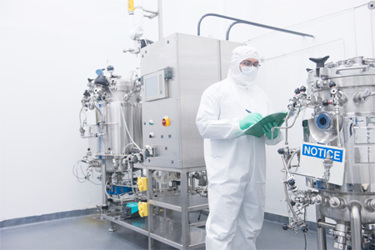Bubbling Innovation: Dynamic Trends Shaping The Future Of Microbial Fermentation

In the ever-evolving pharmaceutical industry, microbial-based drug development and manufacturing continue to play a vital role. While there is a significant focus on new drug types and systems, traditional fermentation should not be overlooked. To stay competitive, drug developers must understand the latest trends in microbial fermentation.
This article explores five key trends in microbial fermentation: CRISPR-Cas gene editing, single-use bioreactors and facilities, process analytical technology (PAT) and real-time monitoring, production and scale-up modernization, and expression in cell-free systems. Each trend comes with its own set of advantages and challenges that developers must carefully consider.
By staying updated with these trends, drug developers can enhance their efficiency, improve product quality, and even offer personalized treatment options. However, it is important to remain cautious about regulatory challenges, safety concerns, and the need for meticulous planning and optimization.
Embracing these trends effectively can open new doors for drug developers, enabling them to bring innovative microbial-based therapies to the market. This not only benefits patients by providing them with cutting-edge treatment options but also revolutionizes their care.
By leveraging these methods and technologies, developers can unlock new opportunities, improve patient outcomes, and make a significant impact in the industry. Stay ahead of the curve and ensure the success of your future microbial fermentation projects.
Get unlimited access to:
Enter your credentials below to log in. Not yet a member of Bioprocess Online? Subscribe today.
